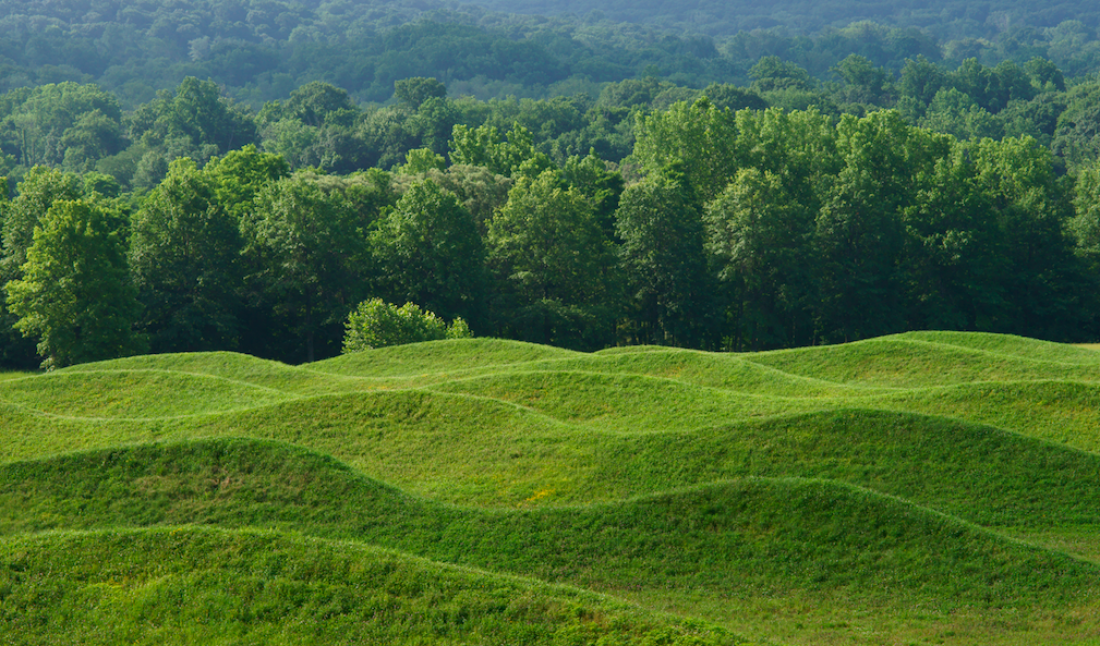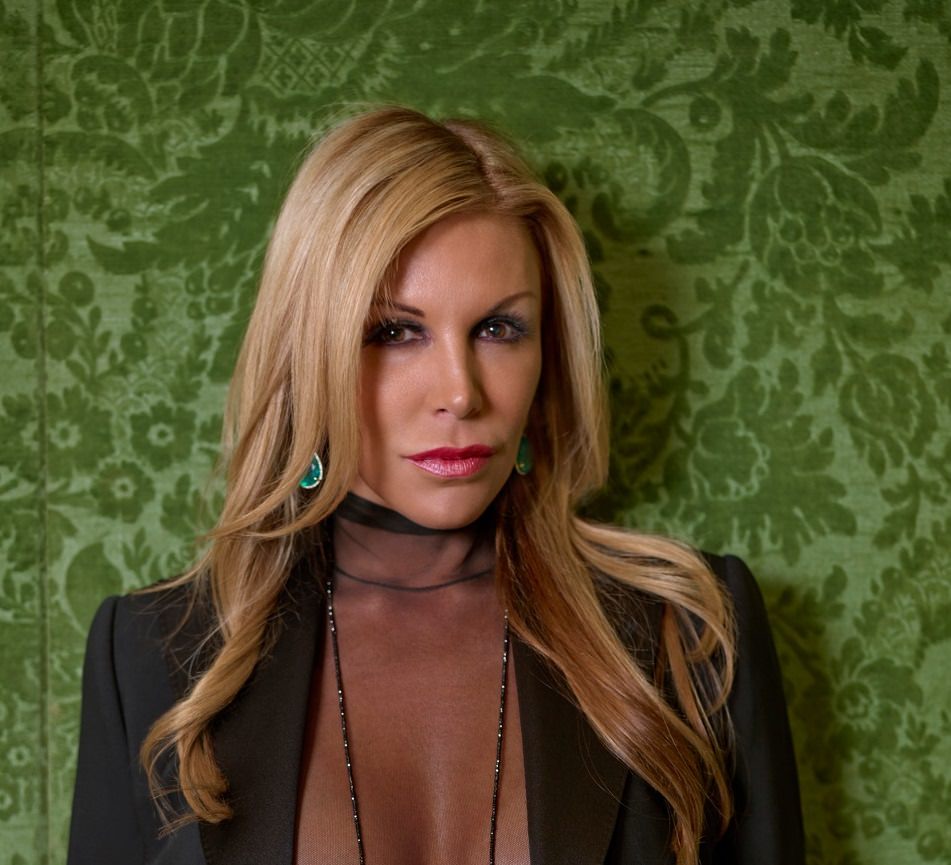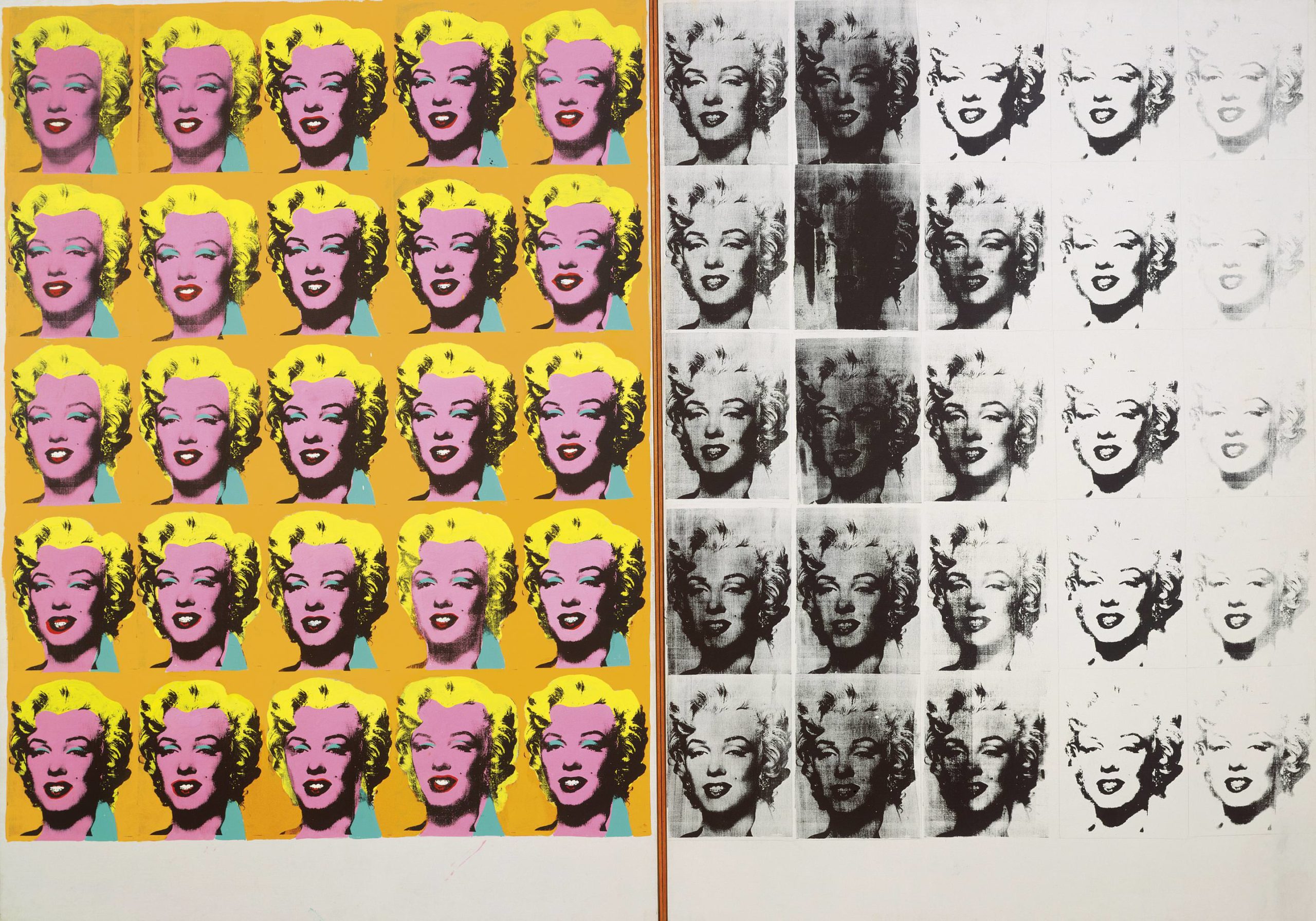Maya Lin loves a timeline. The architect and artist’s career is long and varied—starting with a very public work in her early twenties—so a timeline helps. Her monograph Topologies, published by Rizzoli in the fall of 2015, documents her large-scale earthworks, like Storm King Wavefield (2007–8); site-specific artworks, like Groundswell (1995) at the Wexner Center for the Arts in Columbus, Ohio; architecture such as the Sculpture Center in Long Island City (2005); and memorials including the Vietnam Memorial in Washington, D.C. (1982).
This spring, Whitewall visited Lin in her studio to discuss her latest memorial, which works on a much larger scale—digitally. “What Is Missing?” (www.whatismissing.net) works as a user-generated archive that brings attention to habitat and biodiversity loss. The project feels like a culmination of Lin’s work to date, which in one way or another has always focused on landscape—whether directly manipulating it in nature, creating a visual representation of the way it has been drastically changed over time, or designing architectural structures around it. This summer, Lin’s work was on view in New York at Pace Gallery, part of a group exhibition entitled “GLASS.”
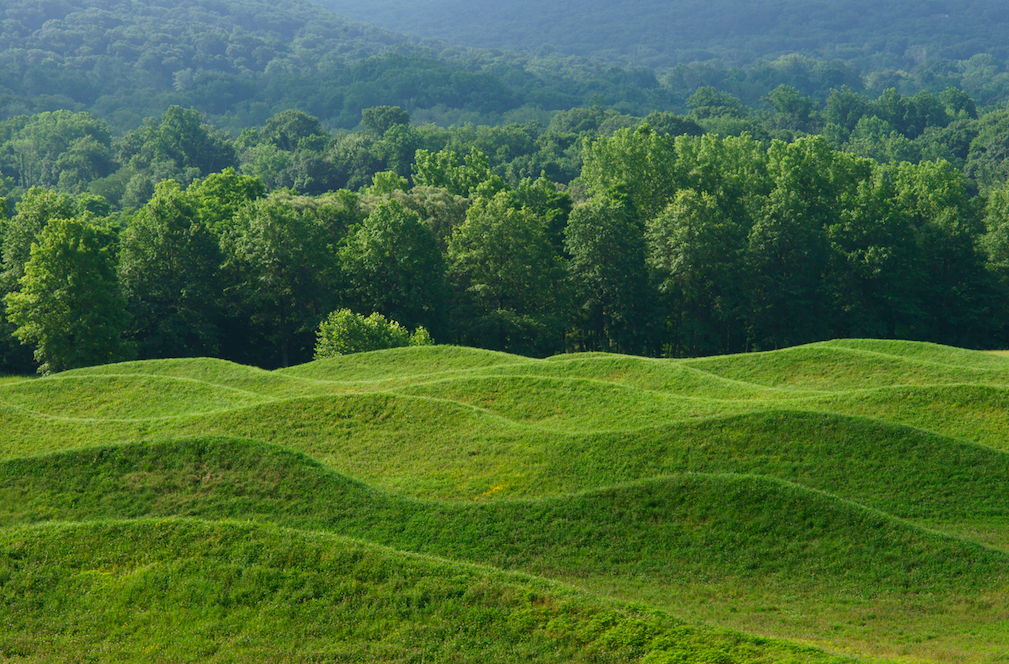 Storm King Wavefield, 2009, photo by Jerry Thompson, courtesy of Storm King Art Center
Storm King Wavefield, 2009, photo by Jerry Thompson, courtesy of Storm King Art Center
We spoke with her about her exceeding interest in dematerializing the monument.
WHITEWALL: For your monograph Topologies, which was published last fall, you divided up your over three-decade-long career into three categories: art, architecture, and memorials. Is it difficult to move between those kinds of projects, between architecture and art?
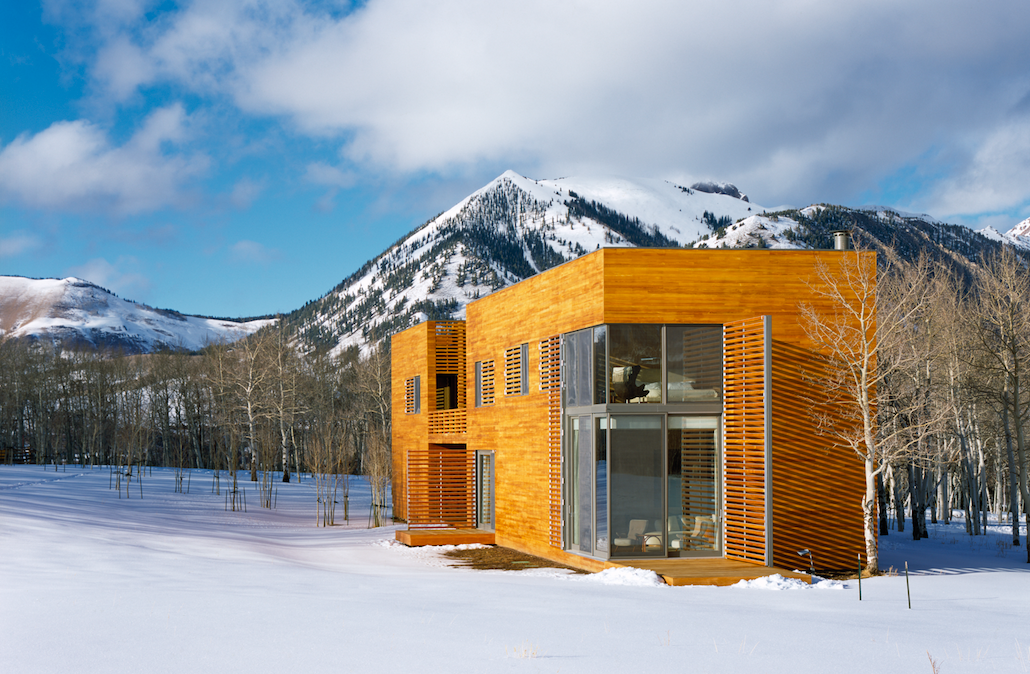
MAYA LIN: I can’t choose between the three. I think I understand, though, why in grad school I was advised to choose, because it’s really hard. It’s really hard to juggle. I can walk from this end of the room [focused on] architecture to the sculpture and art in the back. You almost have to suppress the architecture mind [when working on art], but ironically to make some of my large-scale artworks, having the knowledge of how to work with engineers has helped facilitate these really large-scaled built projects.
But the fear is you have to keep the freedom and spontaneity in the art so there’s huge pitfalls to being [architecturally] trained.
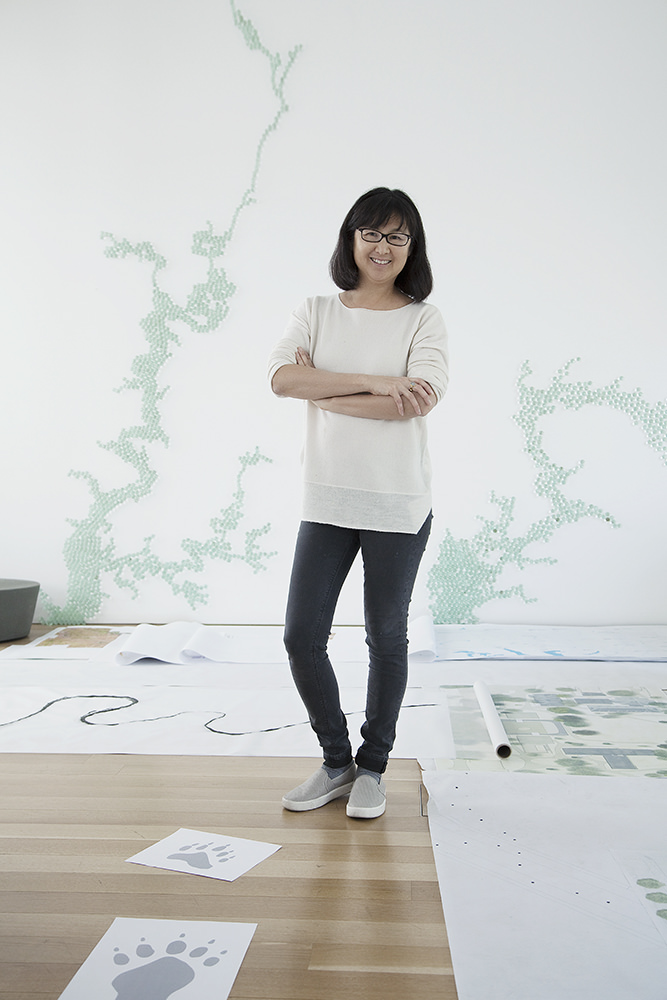 Portrait by Steve Benisty
Portrait by Steve Benisty
WW: How much of your time is spent on your site What Is Missing? which you call your final memorial?
ML: It’s probably taken up 50 percent of my time. And it’s completely voluntary for me. I set up my foundation, the What Is Missing? Foundation, and it’s focused on remarking on what we’re losing, but also what we can do. I started it in 2007, but I’ve been kind of building up to and collecting information about what we’re losing in the environment for 25 to 30 years. I started clipping stories in the mid-eighties. I remember the first thing I clipped was in Life magazine, a story on disappearing species. I would only find a story like that once a year back then. And now it’s in every paper, and every day I’m clipping three or five articles. So whether it’s about specifically species or habitat loss or climate change, or pollution and chemicals, it’s a bit of a mouthful.
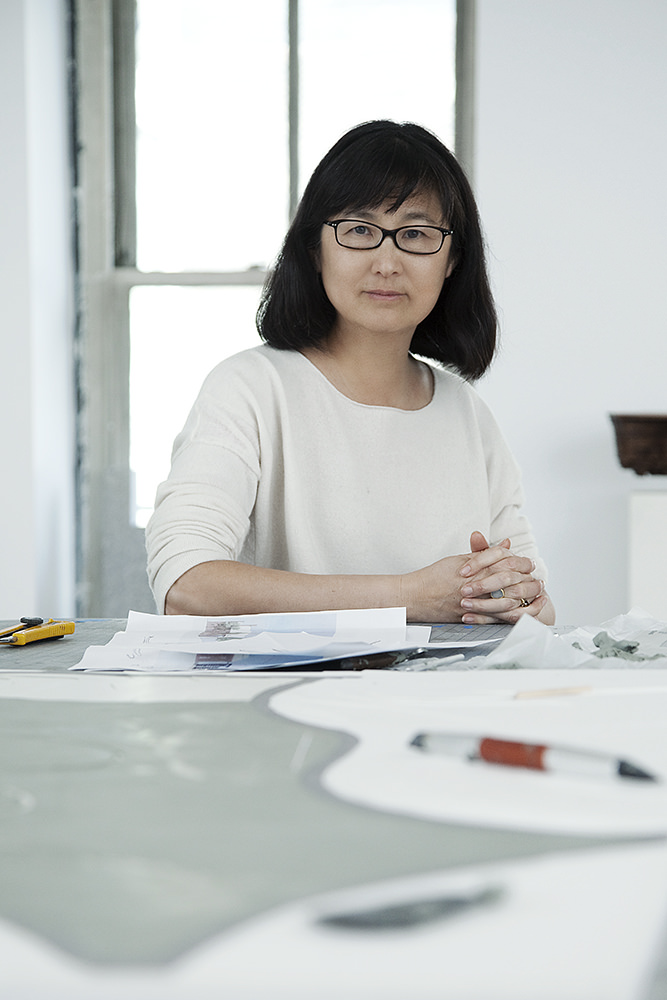 Portrait by Steve Benisty
Portrait by Steve Benisty
The website is massive amounts of information, but simplified. One part of the site is a map. It’s called the Map of Memory, ecological history of former abundance coupled with personal memories. It becomes a global online community bearing witness to what we’re doing. There is a phenomenon that scientists refer to as “shifting baselines.” We actually don’t recall what we’ve lost because with every generation we accept a lower and lower amount of biodiversity. Our baselines keep shifting, and we don’t realize that a cod was bigger than a man in 1895. We don’t realize that the settlers, when they first came into the harbor, came across sturgeon that would collide with their boats, they were so powerful. Or that lobsters were six feet tall, oysters were a foot in diameter.
WW: Wow.
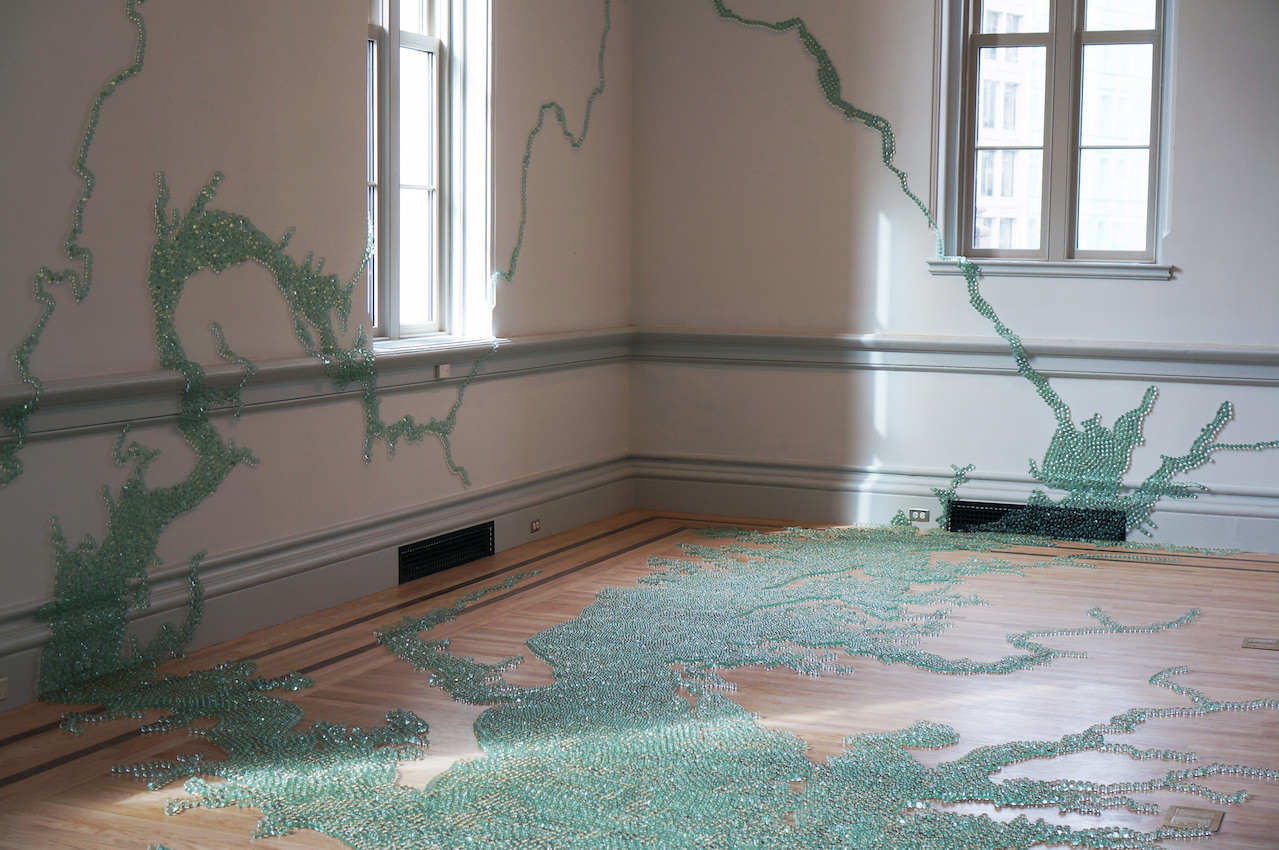 Folding the Chesapeake, 2015, at Renwick Gallery, Smithsonian, Washington DC. Photo by Ron Blunt, courtesy of Renwick Gallery.
Folding the Chesapeake, 2015, at Renwick Gallery, Smithsonian, Washington DC. Photo by Ron Blunt, courtesy of Renwick Gallery.
ML: It’s not to get you depressed, but to give you a sense of wonderment of what the world has had. We do these ecological timelines of specific waterways in cities. The minute you legislate, [biodiversity] comes back. So we link to “What can we do?” and “What’s being done?” We try to pull together the best conservation successes and the worst failures. And on the right side of the homepage there’s an info button, and if you press it, you get all these “What can you do’s” and what we’re ultimately building toward is a blueprint.
WW: How does this fit into your art practice?
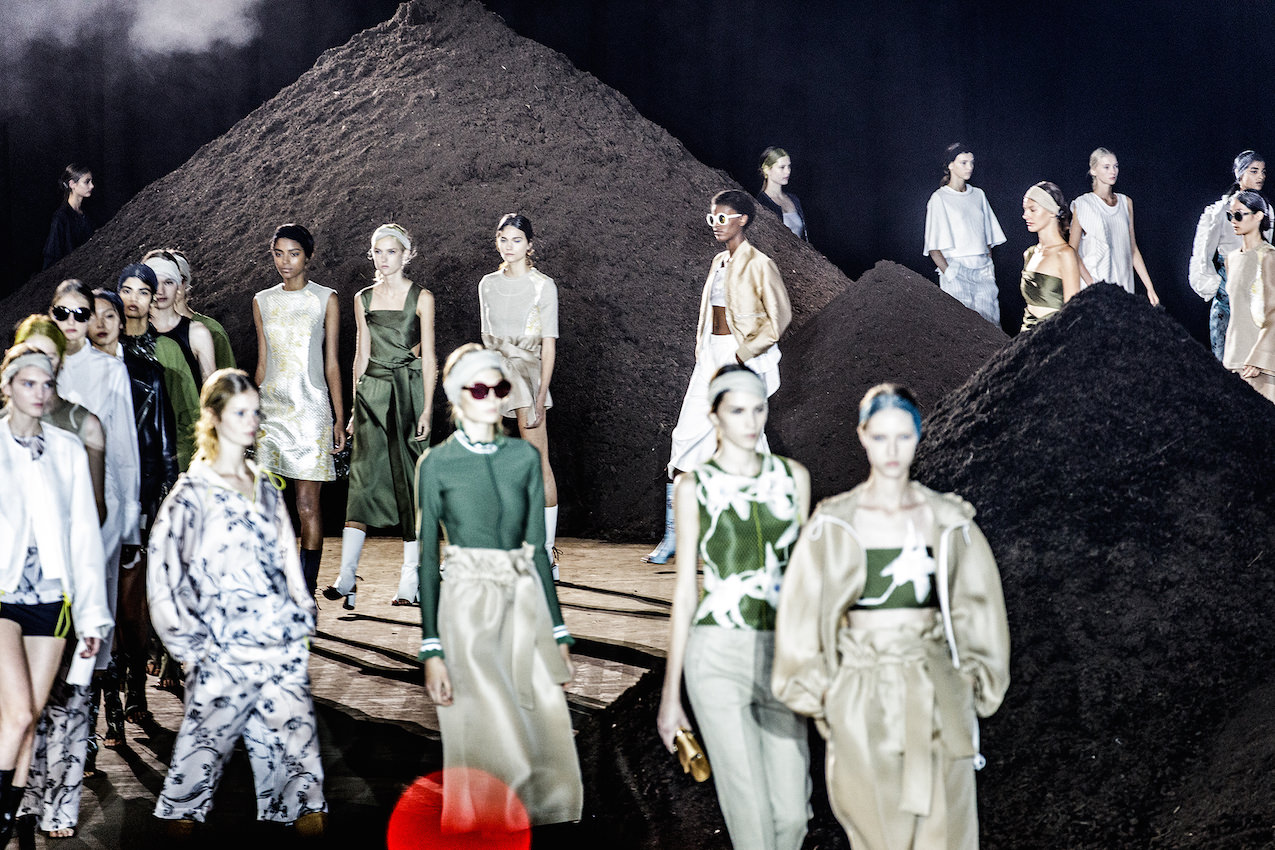 Seven Earth Mountain, 2015, for 3.1 Phillip Lim 10th anniversary spring collection featuring a unique sculptural installation by Maya Lin to benefit the What is Missing? Foundation and the Perfect Earth Project. Image courtesy of Phillip Lim and Maya Lin Studio.
Seven Earth Mountain, 2015, for 3.1 Phillip Lim 10th anniversary spring collection featuring a unique sculptural installation by Maya Lin to benefit the What is Missing? Foundation and the Perfect Earth Project. Image courtesy of Phillip Lim and Maya Lin Studio.
ML: As an artist, I can get you to look at underground terrain, something that you can’t buy, something that you can’t see, but there it is. I do think art is really there to think a little bit outside the box to get us to recalibrate.
WW: Like with your recent work at the Renwick Gallery, Folding the Chesapeake [2015], made from glass marbles?
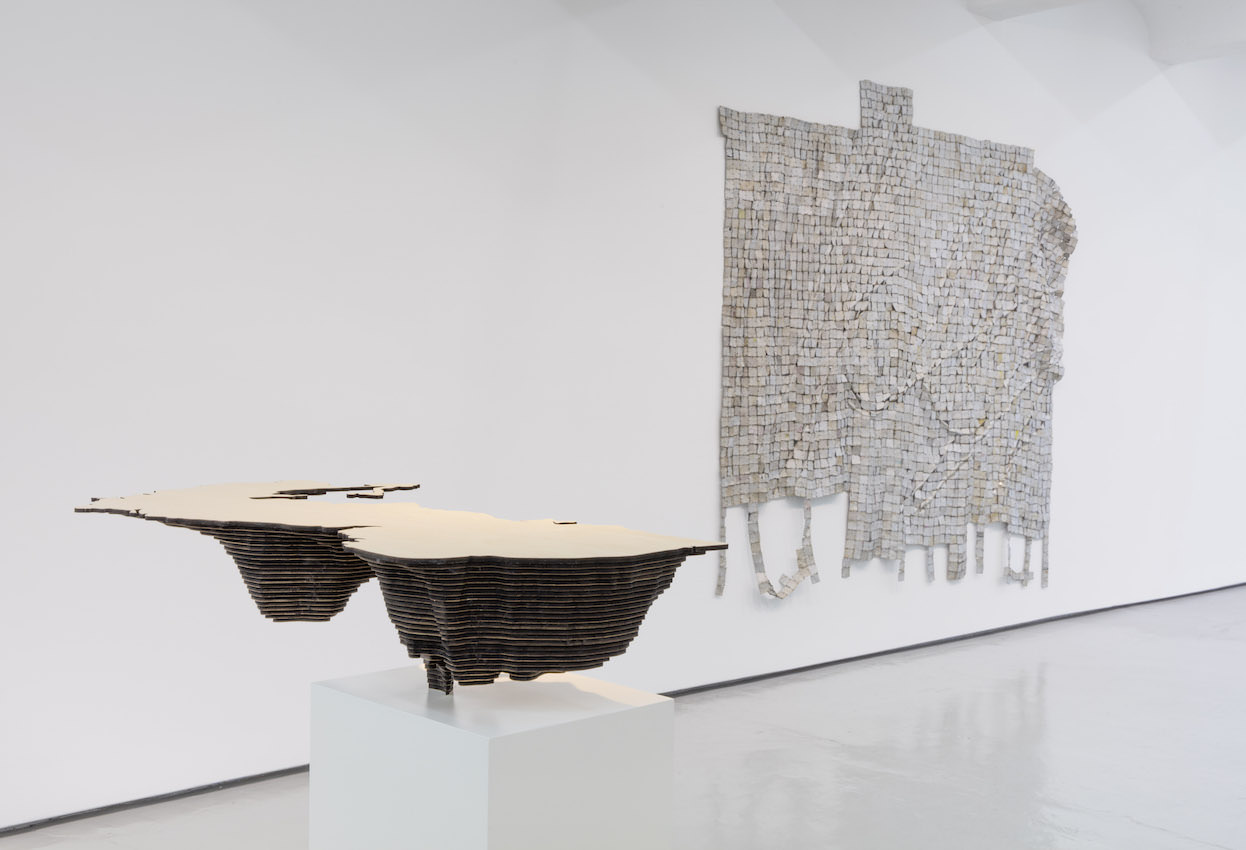 Installation view from the exhibition, “El Anatsui, Bernd and Hilla Becher, and Maya Lin: Of a Different Nature” at Jack Shainman Gallery (February 4-March 12, 2016). Image courtesy of Jack Shainman Gallery, New York.
Installation view from the exhibition, “El Anatsui, Bernd and Hilla Becher, and Maya Lin: Of a Different Nature” at Jack Shainman Gallery (February 4-March 12, 2016). Image courtesy of Jack Shainman Gallery, New York.
ML: I just installed that. I love focusing on water, imagined or real. The Renwick went under renovation for two years, and Nicholas Bell asked a group of artists to install work there. They were all going to be historic in nature, and my work is called Folding the Chesapeake. I drew the Chesapeake Bay and I literally folded it up. I asked, “What if water could flow wherever it could?” I made this drawing a lot bigger and I just folded it up the walls [of the Renwick]. I was thinking, how do I create an immersive environment very much in keeping with my outdoor works and not be co-opted by the architecture of the space? I think the end result is something that almost becomes organic, this is like a barnacle of information, and I just decided it’s going to ignore the architecture.
Then I did the Missouri River, I’m about to start on the Ganges, and then whenever I do it I get extremely interested in the ecological history of each place and then I post about it on the website.
WW: So your latest artwork comes back to “What Is Missing?”
ML: It’s always worked that way. That’s kind of the beauty of it. A lot of it’s focused on “What Is missing?” Part of it is about environmental degradation, and a lot of the rivers and aquifers are under stress. I’ve always selected subject matter that is in need of attention. One can say that my art has been fairly environmentally focused.
WW: Why do you think there was always that connection to the natural world?
ML: My dad worked in the arts, and I was making art since I was a child and I never stopped making art. My mother was more academic. She was an English doctorate professor. I went to Yale to become a field zoologist, but then animal behavior wasn’t exactly animal observation at Yale. So I had to choose something [else] so I figured architecture. But the reality is by the time I got to grad school, after I built the piece in Washington, I had been labeled as an architect even as an undergrad. By the time I get to grad school, I was spending as much as time in the sculpture department, not really rebelling, just finding my voice. All my architecture professors were thinking, “What was she doing?” And what I was doing was, I was finding my voice. It was a struggle, but I never stopped making art. And I never stopped being committed to the architecture. But I understand why, I was trying to understand why it would be hard to juggle both, because it is hard and I’m tired. I am ready to slow way down, because I do see the pattern and I see that I’m not schizophrenic, but it just took a while.
WW: Your work doesn’t feel schizophrenic at all. You can see the thread that connects it. And even though your focus is on the loss of land or water or biodiversity, the pieces you create are very beautiful.
ML: My anecdote is if it’s really dark, you just turn away because I yelled at you and basically prescribed, “Do this or else.”
What I’m building for the next two years is called Greenprint. If we took the entire world’s population of seven billion and looked at the density of Manhattan, the amount of space we take up is the state of Colorado. I’m not trying to compete with what the scientists are doing, but maybe an artist I can get us to re-think the issues. Is population the problem, or is it land use and resource consumption? And you know the answer. So we’re going to map out a lot of these scenarios.
WW: And you’re asking people to submit their personal story of what they’ve seen missing.
ML: Yeah, like something that’s disappeared from your own backyard. I tend to break everything down to a one-on-one human scale. Always. I don’t think that’s changed. But what the book taught me is, I’m ready to disappear now, I’m tired.
This article is published in Whitewall‘s summer 2016 Design Issue.






